The Delhi gang rape of 2012 tipped the already wobbly scale of crimes against women in India, and it led to massive protests across the country. The details of the case were so grisly and jarring that it left a mark on the consciene of the public.
Richie Mehta took this narrative of the police investigation and explored it as the focal point of his series, Delhi Crime.
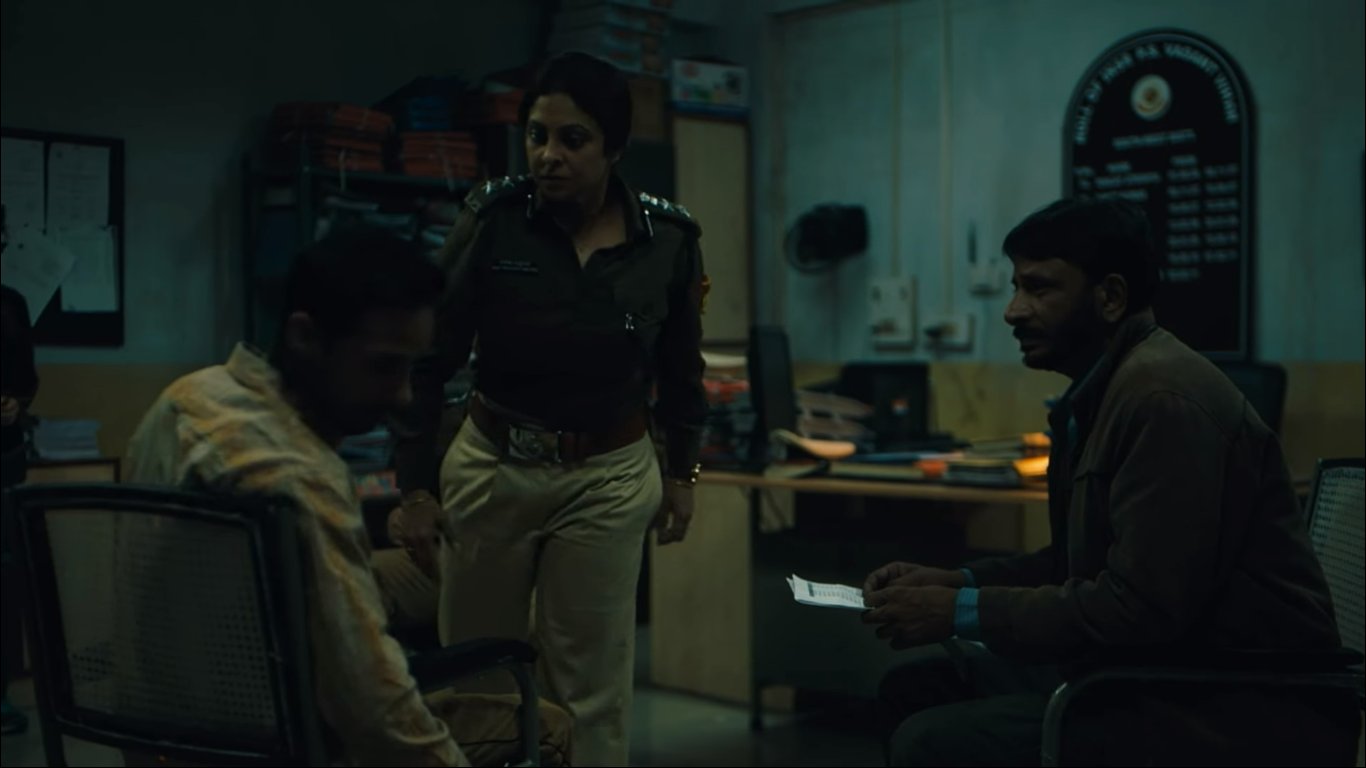
In the show, Shefali Shah plays the role of the investigating officer of the case, based on the actual erstwhile DCP South, Chhaya Sharma.
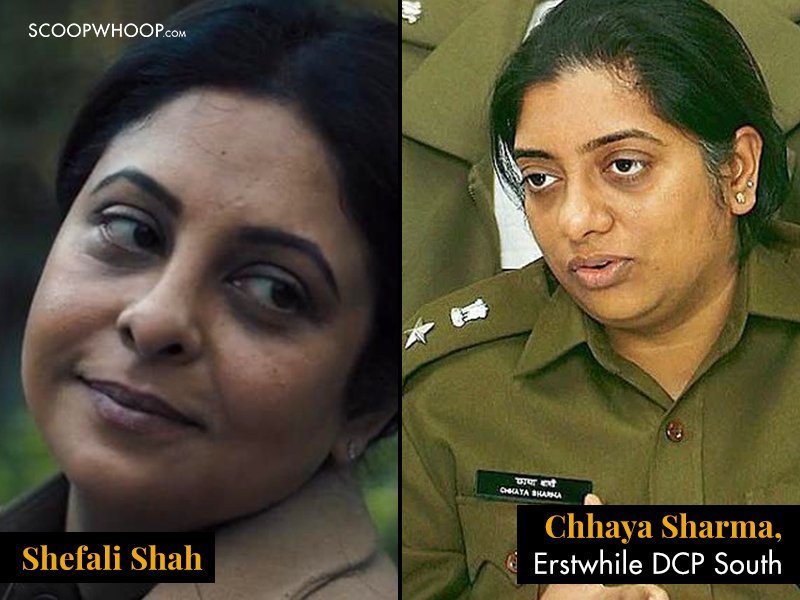
The case that was solved in a record time of 5 days, with all the perpetrators under custody, was handled by a team of 41 police officers, spearheaded by Chhaya Sharma.
Celebration for @DelhiPolice .Top cop @CPDelhi felicitated the probe team in Nirbhaya case after the Supreme court upheld the death penalty pic.twitter.com/NJe951bSvi
— Zafar Abbas (@zafarabbaszaidi) May 8, 2017
The core team was comprised of 8 members, who worked day and night to prepare a water-tight case against the perpretrators.
According to an interview of IANS with the key members of the investigating team, they were able to collect crucial evidence, based on DNA tests, and prepared a 1,000-page chargesheet within 2 weeks.
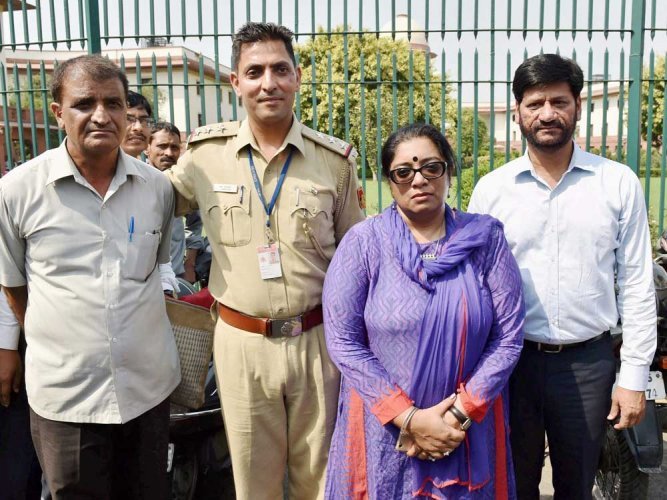
PS Kushwaha, the additional deputy commissioner of police, headed the special investigating team (SIT). SIT was responsible to gather all the evidence against the accused so that a watertight case was resurrected to withstand the test of anything that might go wrong.
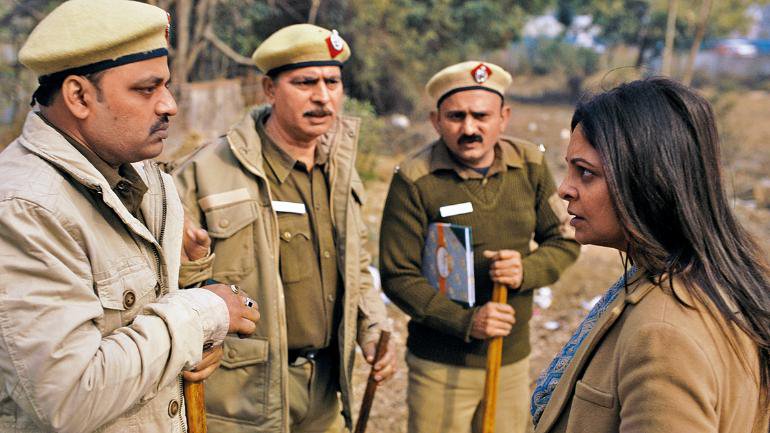
Corroborating the statements of the accused were crucial to forming a sequence of events. The SIT was divided into two groups. One was tasked with preparing the charge sheet, while the other one focussed on collecting scientific evidence. Stating the technical details of the evidence, Kushwaha said in the interview-
All our evidence has been backed by DNA tests – from the teeth to the clothes of the accused – this was done for the first time. The accused had burned the clothes of the victim and her male colleague to destroy evidence. We found partially burned clothes. DNA tests confirmed that they belonged to the victims.
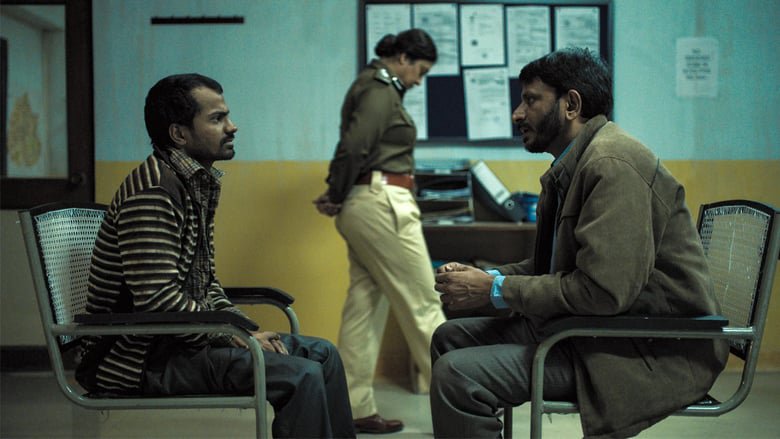
The team also collected evidence from the bus where the crime took place. Although the accused had cleaned the bus, the team was able to procure blood and DNA samples.
Inspector Rajender Singh, who is played by Rajesh Tailang in the series, was called by DCP Chhaya to immediately rush to Munirka in South Delhi.
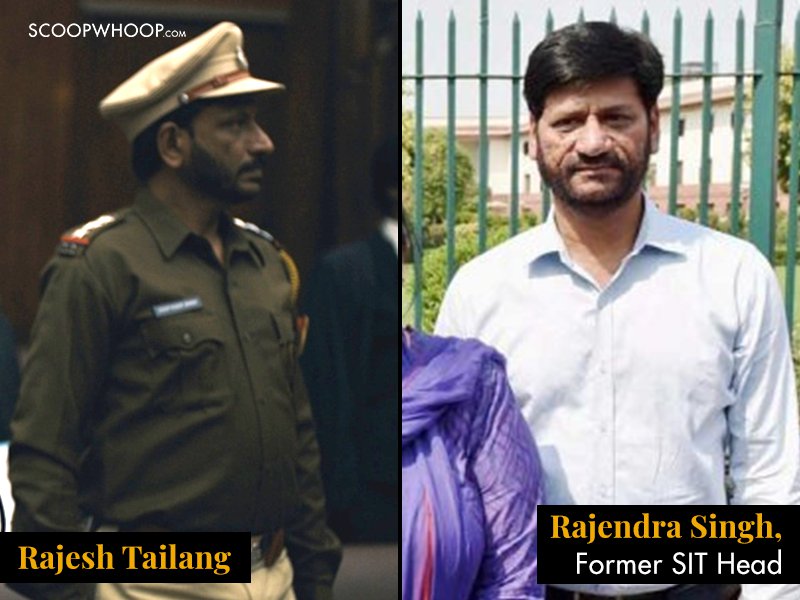
Jyoti Singh, although suffering through horrific injuries and in-and-out of consciousness, helped the case by giving a detailed description of what went down. Chhaya Sharma also recalls her as ‘a courageous woman who was very clear in her thinking process’.
In an interview with Quint, Chhaya also shares how they cracked the ‘blind’ case, where they had almost nothing to start with.
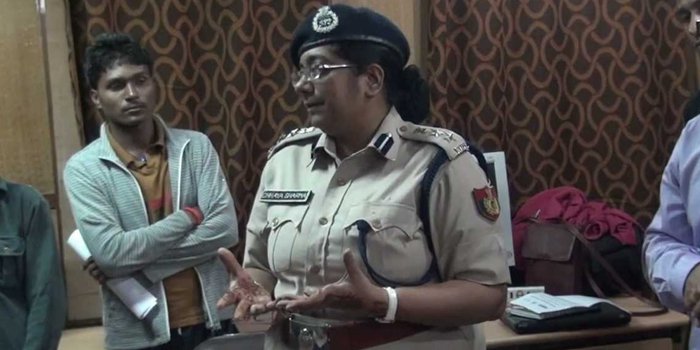
All that the victims were in a condition to tell them were details of the bus – red seats with yellow curtains. After getting this information, they asked a list of buses from RTO, where they found out there were 370 buses registered in Delhi itself. Add to this the number of buses in Gurgaon and UP. For them, kick-starting the investigation was like finding a needle in the haystack.
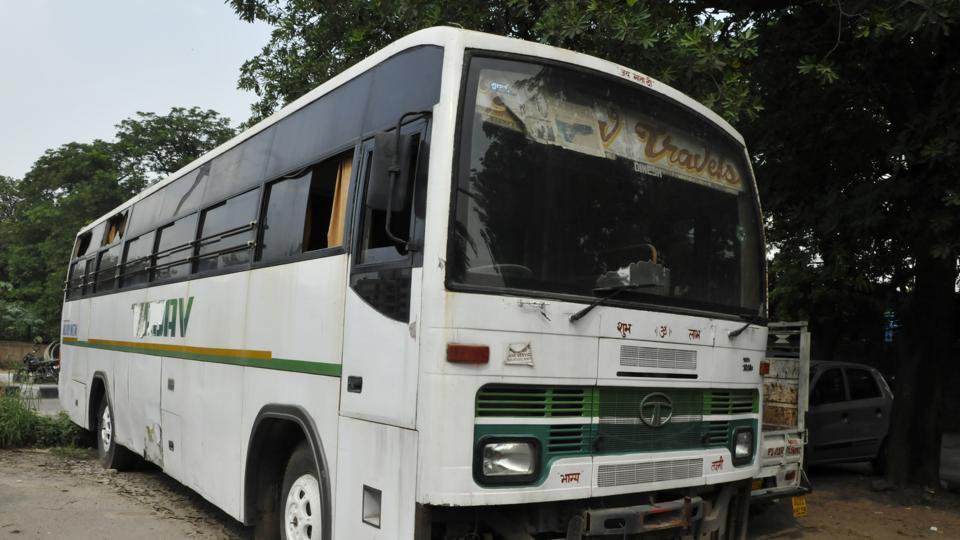
Perhaps the most concrete evidence was found when they collected a video clip from a hotel near the airport, where the bus was captured on CCTV going twice on the same spot – one at 9:34 PM and second at 9:54 PM.
According to Deccan Herald, Former Delhi Police Commissioner Neeraj Kumar recalls,
We got the CCTV footage, interpreted it and then overnight we located the bus and then its driver and interrogated him. By the next afternoon, we had Ram Singh confessing that he had been driving the bus.
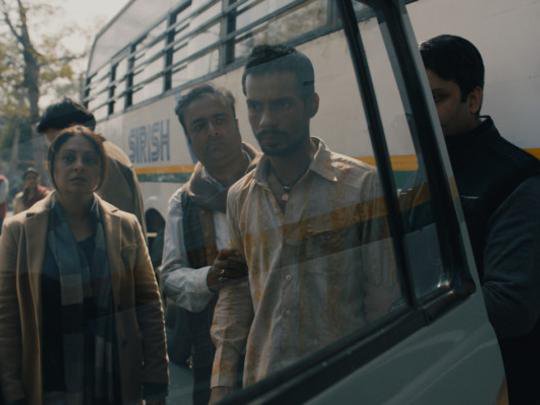
One clue led to the discovery of another clue, and the team was able to nab another accused, Akshay Thakur, from Aurangabad in Bihar, without the support of the local police.
Another accused who fled to Rajasthan after the case went viral, was taken in custody. However, he was a juvenile at the time when the crime was committed.
He reportedly had a peculiar manner of hailing passengers and had started working as a bus conductor.
All this while, all the political bosses were sitting on the team’s neck, ready to offer them as the scapegoat to quell public outrage, according to Neeraj Kumar.
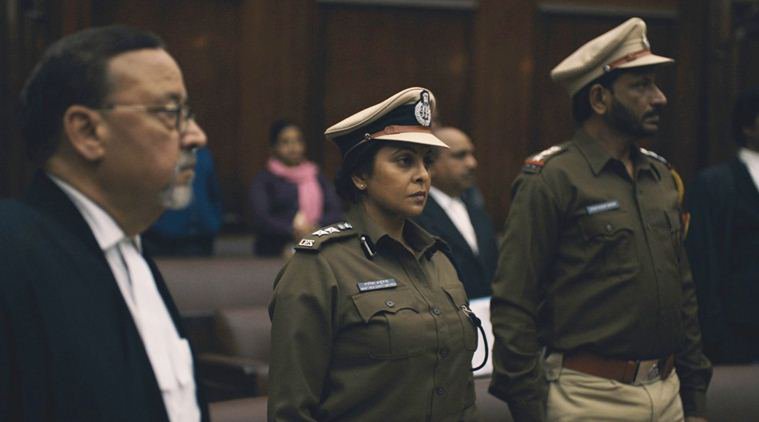
As also shown in the series, the front gates of the Vasant Vihar police station were closed to keep the protestors from getting inside. Police had to use the back door, according to Rajender Singh.
After catching the accused in record time, the team’s job was still not done. They made sure those six people are brought to justice.
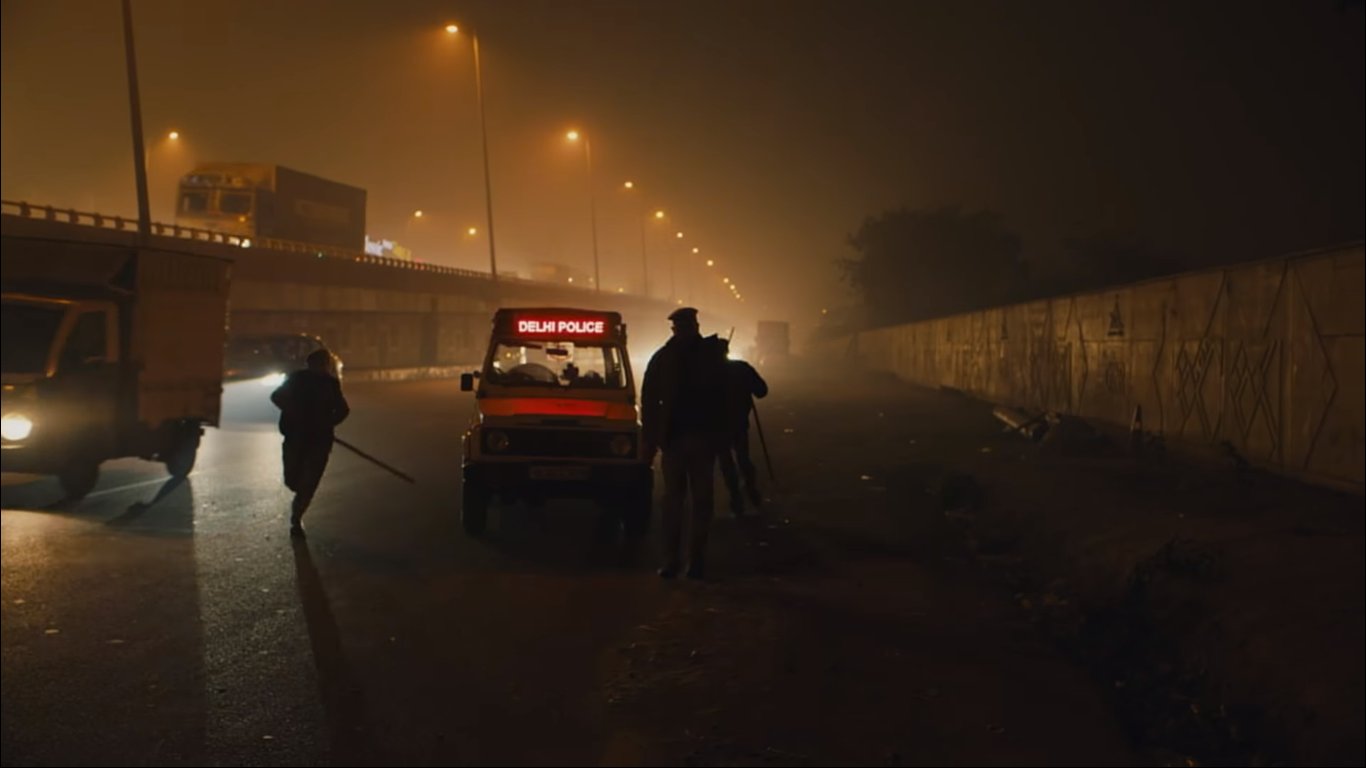
But, Ram Singh, one of the accused, hanged himself in Delhi’s Tihar Jail. The juvenile was given 3 years in a correctional facility. And the rest four were given the death penalty in a fast-track court; they remain as of now on death row.
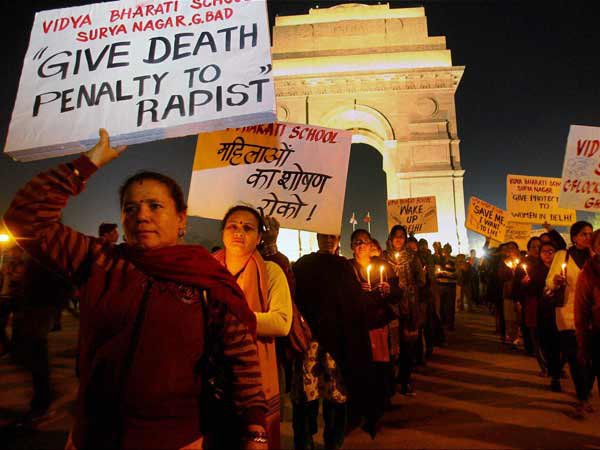
The investigation of the case puts forth itself as a commendable instance of all the hard work put in by the Delhi Police. The core team’s dedication, as also captured in the Delhi Crime series, deserves an acknowledgment of all things.

















